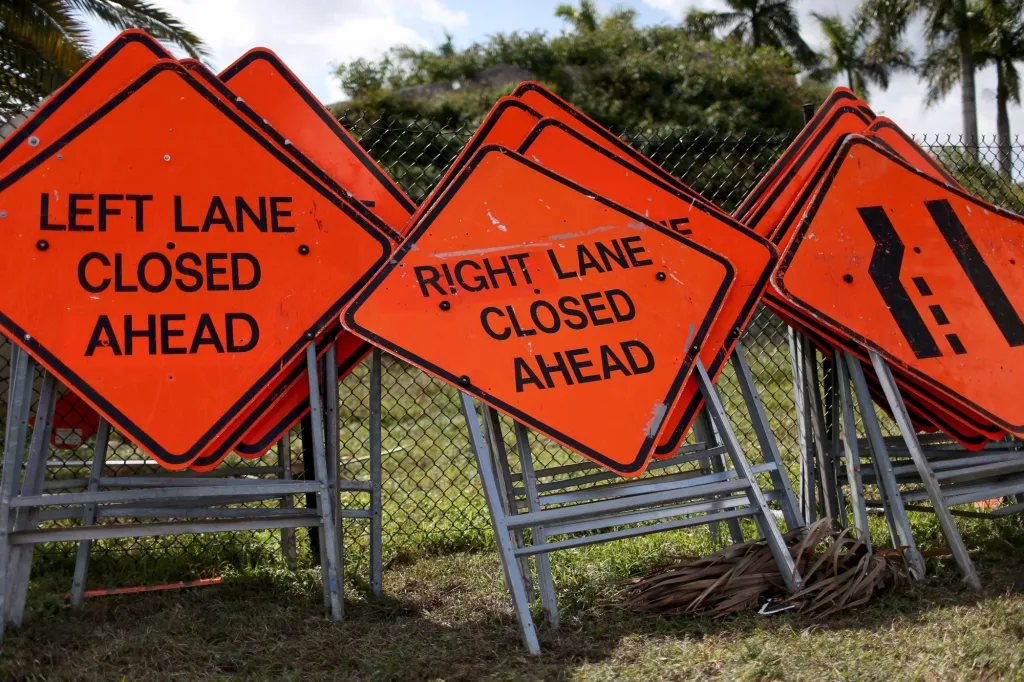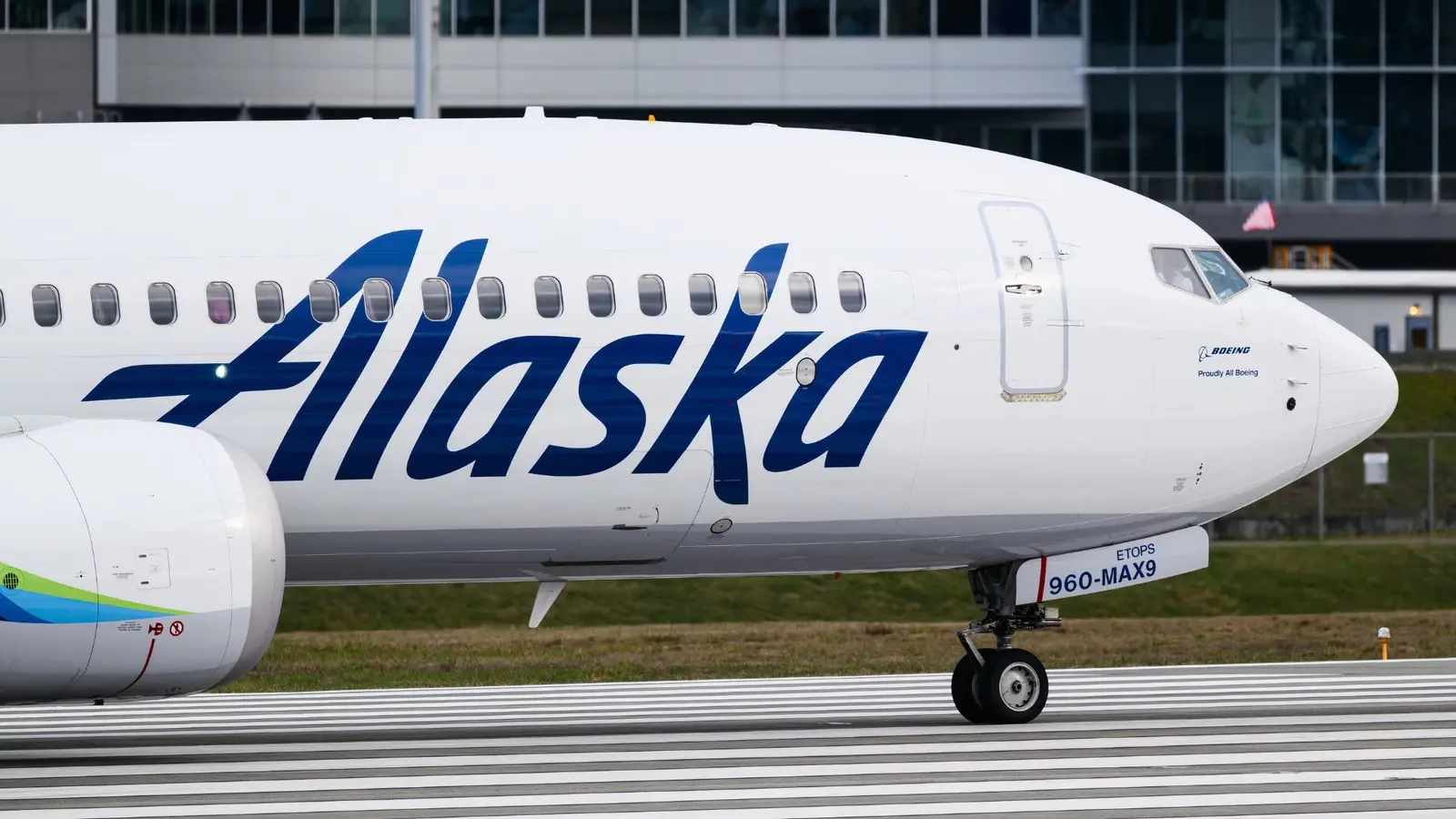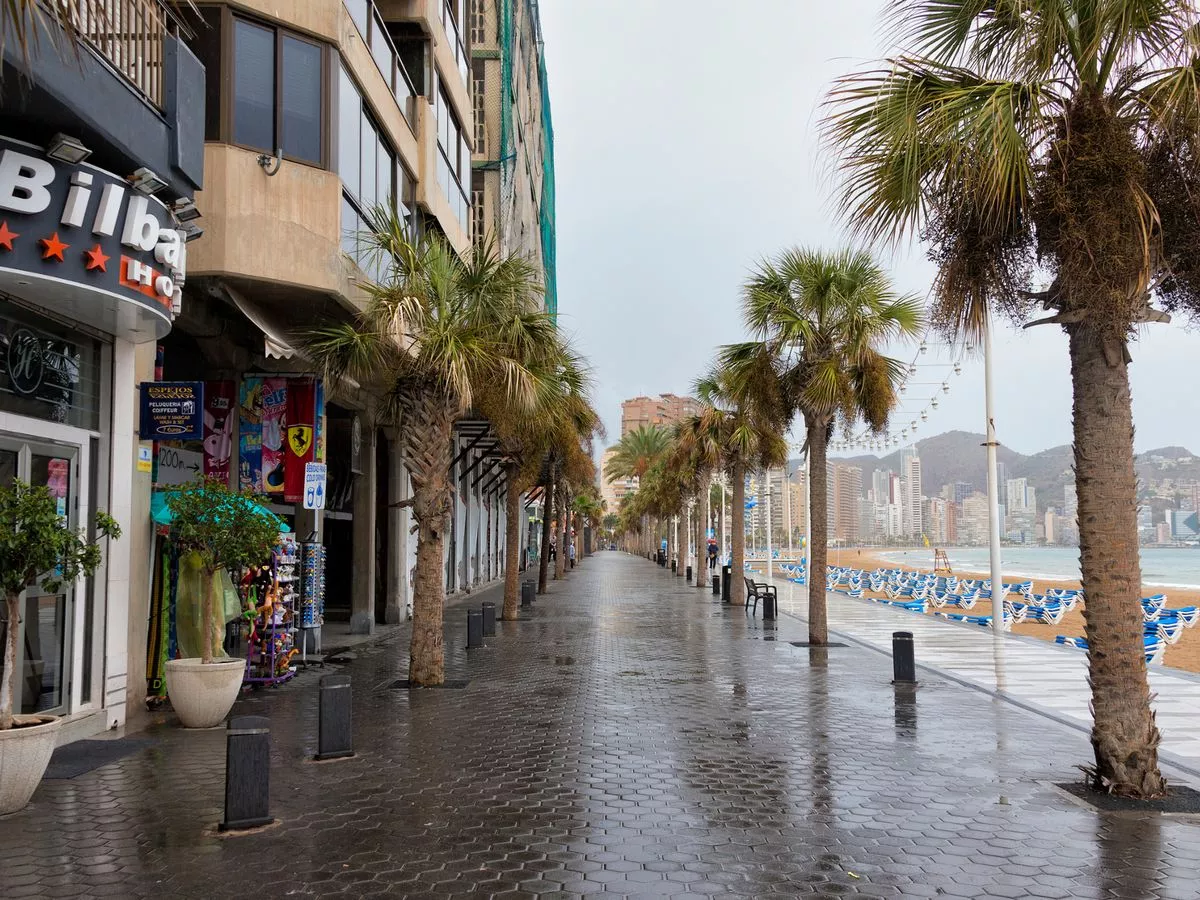
Sonoma City Council has greenlit a $530,000 infrastructure rehabilitation project to make West Spain Street safer for bicyclists and pedestrians, and shelved the idea of a second cannabis dispensary in the city after declaring it a a lesser priority following a resident-led push for the business.
The roadway revamp, which was approved in a 5-0 vote during council’s Wednesday, Sept. 17 session, was proposed following complaints from residents. City staffers established traffic calming measures and worked with a traffic engineer to evaluate problems and develop the plan, which also includes a contract with Petaluma-based Team Ghilotti, Inc. to carry out the work.
Sonoma Public Works Director Mike Berger told city leaders, “We’re excited about this project because it’s not just about fixing potholes — it’s about making the street safer and better for everyone, whether you’re driving, biking or walking.”
The work will be paid for using a combination of general fund revenue, SB1 funds (California’s Road Repair and Accountability Act) and gas tax revenue from Measure M — a voter-approved quarter-cent sales tax adopted in 2004 then extended under the Go Sonoma Act in 2020.
Berger said construction is expected to begin in November and will likely be completed by mid-January.
Ghilotti will provide a plan for traffic control and traffic management services but because the project involves paving, Berger added, there may be some traffic flow “disruptions.”
“We’ll work with the contractor to ensure this is as minimally disruptive as possible,” he added.
Overall, many residents West Spain residents were pleased about the upgrades, though, there were some reservations about certain aspects of the plan.
Carol Campbell, who said she has lived along West Spain for 48 years, described the roadway as “awful.” She added that “heavy, humongous trucks, delivery trucks” are rough on the road.. She said she fears new signage won’t solve instances of speeding or the high-volume of daily travel it gets.
Pointing to the results of five speed surveys conducted over the past three years, Berger said about 8,000 vehicles travel West Spain per day, with vehicle speed averaging about 26 mph.
The work will include repairs, repaving and replacing sections of the street. Workers will also upgrade striping and signage to be consistent with a bike boulevard — a designated street that prioritize bicyclists while still accommodating motorists.
Christopher Woodcock, another West Spain resident, said he was motivated to join the city’s Traffic Safety Committee and the countywide Bicycle and Pedestrian Advisory Committee because of what he’s experienced while living along West Spain.
He said he doesn’t like the addition of shared lane markings, which indicate to motorists that they share the road with bicycle traffic, because it will lead people to believe the street is safe for biking. He said given the large, daily amount of motorists who travel the street and the speed they drive that’s not the case.
He said most bike boulevards are established on streets with vehicle frequency of “3,000 cars per day” and “speeds around 20 mph.”
“Sometimes, you know, you don’t really feel safe,” Woodcock said. “And I don’t know if we want to encourage that.”
The planned roadwork and where it will take place include:
Pavement rehabilitation and repair of localized failures with striping and signage improvements along West Spain Street.
Repaving West Spain between Second Street West and Third Street West.
Localized repairs on West Spain between First Street West and Second and between Junipero Serra Drive and Highway 12.
Striping upgrades on West Spain from Second to Fifth Street West, including new centerline striping, and the addition bike route signage and lane markings.
Dig out repairs along West Spain from First to Second.
Dig outs and a grind and overlay on West Spain Street from Second to Third.
Dig out repairs on West Spain between Junipero Serra and Hwy. 12.
Additional painting of medians at the intersections along West Spain at Third and Second could also be conducted.
In other business, City Council, in a 5-0 vote, rejected a resident-led push to explore the impacts of a second cannabis dispensary in the city and refused to solicit for permit applicants interested in running such a business.
Members of the Sonoma Valley Cannabis Group, a self-described grassroots organization dedicated to advocating for responsible access and fair cannabis policies in Sonoma, have pushed for a second dispensary to offset what they contend is a “monopoly” by SPARC, the city’s sole dispensary.
During council’s meeting, Community Development Director Jennifer Gates presented an analysis highlighting a statewide decline in taxable retail cannabis sales (Sonoma has a 4% cannabis sales tax) and wholesale prices.
Though a second such storefront in Sonoma would increase residents’ options, the risk of the store’s failure — leading to reduced sales tax revenue for the city — is high, according to the city’s analysis. It also found that instead of attracting new customers or increasing overall sales, a second dispensary would likely take existing customers away from SPARC.
Addressing council, representatives from SPARC urged them against another dispensary. They contended that while SPARC’s customer base includes many returning shoppers and transactions are high, the items purchased per each sale, are low.
“Adding a second dispensary does not create new demand. It will split the same pie,” SPARC Chief Financial Officer Steve Lott said. “The likely result will be a lower revenue per store and a less stable 4% for the city of Sonoma.”
Nevertheless, Sonoma resident Josette Brose-Eichar told council, “SPARC does not, and will not, provide the products I need.”
Sonoma resident David Eichar added, “SPARC is claiming that they’re struggling. You don’t want the competition, but they just opened another dispensary in another city that has eight other dispensaries.”
Nick Caston, with Solful Dispensary, which has locations in Sebastopol and Healdsburg, supported the idea of a second storefront in the hopes that it would become Solful’s next location.
“Competition does actually breed an increased demand,” he said.
Still, Sonoma Vice Mayor Ron Wellander said he does not support a second dispensary at this time and that it was not a City Council goal for 2025.
“The priorities that I remember are updating the General Plan and housing,” he said. “We’re continuing to get pressure for housing from the state.”
Mayor Patricia Farrar-Rivas said her biggest concern is “timing and resources,” and that cannabis business can’t be compared to the food and wine industry because dispensaries don’t necessarily attract tourists.



